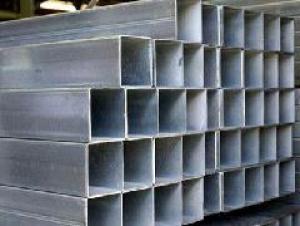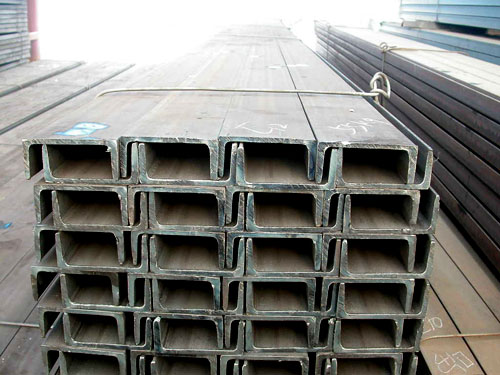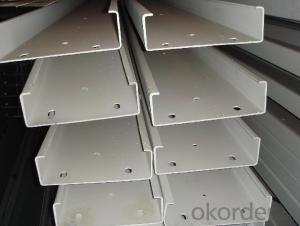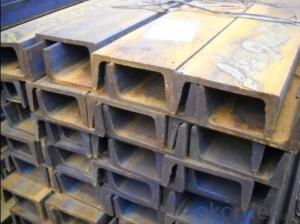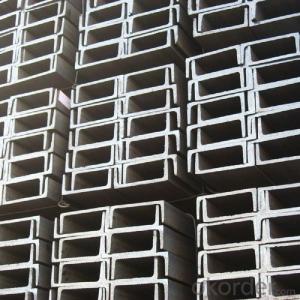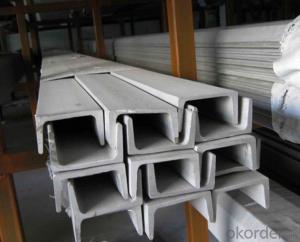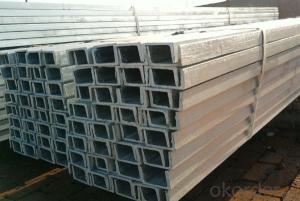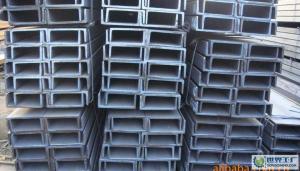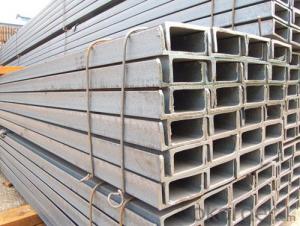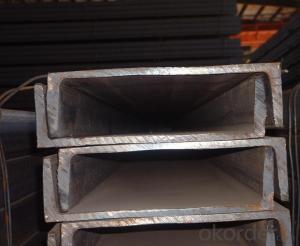UPN JIS U Channel JIS SS400 or GB Q235 Q345B for all Sizes
- Loading Port:
- China Main Port
- Payment Terms:
- TT or LC
- Min Order Qty:
- -
- Supply Capability:
- -
OKorder Service Pledge
OKorder Financial Service
You Might Also Like
Product Description:
OKorder is offering high quality UPN JIS U Channel JIS SS400 or GB Q235 Q345B for all Sizesat great prices with worldwide shipping. Our supplier is a world-class manufacturer of steel, with our products utilized the world over. OKorder annually supplies products to European, North American and Asian markets. We provide quotations within 24 hours of receiving an inquiry and guarantee competitive prices.
Product Applications:
According to the needs of different structures, Angle can compose to different force support component, and also can be the connections between components. It is widely used in various building structures and engineering structures such as roof beams, bridges, transmission towers, hoisting machinery and transport machinery, ships, industrial furnaces, reaction tower, container frame and warehouse etc
Product Advantages:
OKorder's UPN JIS U Channel JIS SS400 or GB Q235 Q345B for all Sizes are durable, strong, and resist corrosion.
Main Product Features:
· Premium quality
· Prompt delivery & seaworthy packing (30 days after receiving deposit)
· Corrosion resistance
· Can be recycled and reused
· Mill test certification
· Professional Service
· Competitive pricing
Product Specifications:
Manufacture: Hot rolled
Grade: Q195 – 235
Certificates: ISO, SGS, BV, CIQ
Length: 6m – 12m, as per customer request
Packaging: Export packing, nude packing, bundled
Sizes: 25mm-250mm | ||||||||||||
a*t | ||||||||||||
25*2.5-4.0 | 70*6.0-9.0 | 130*9.0-15 | ||||||||||
30*2.5-6.6 | 75*6.0-9.0 | 140*10-14 | ||||||||||
36*3.0-5.0 | 80*5.0-10 | 150*10-20 | ||||||||||
38*2.3-6.0 | 90*7.0-10 | 160*10-16 | ||||||||||
40*3.0-5.0 | 100*6.0-12 | 175*12-15 | ||||||||||
45*4.0-6.0 | 110*8.0-10 | 180*12-18 | ||||||||||
50*4.0-6.0 | 120*6.0-15 | 200*14-25 | ||||||||||
60*4.0-8.0 | 125*8.0-14 | 250*25 | ||||||||||
FAQ:
Q1: How do we guarantee the quality of our products?
A1: We have established an advanced quality management system which conducts strict quality tests at every step, from raw materials to the final product. At the same time, we provide extensive follow-up service assurances as required.
Q2: What makes stainless steel stainless?
A2: Stainless steel must contain at least 10.5 % chromium. It is this element that reacts with the oxygen in the air to form a complex chrome-oxide surface layer that is invisible but strong enough to prevent further oxygen from "staining" (rusting) the surface. Higher levels of chromium and the addition of other alloying elements such as nickel and molybdenum enhance this surface layer and improve the corrosion resistance of the stainless material.
Q3: Can stainless steel rust?
A3: Stainless does not "rust" as you think of regular steel rusting with a red oxide on the surface that flakes off. If you see red rust it is probably due to some iron particles that have contaminated the surface of the stainless steel and it is these iron particles that are rusting. Look at the source of the rusting and see if you can remove it from the surface.
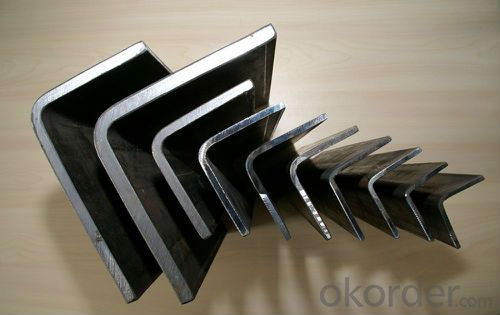
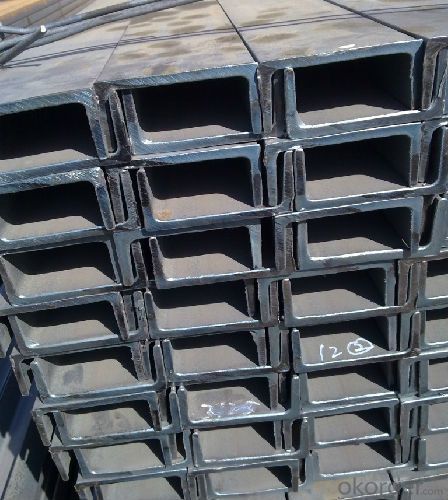
- Q: What are the different design considerations for steel channels in high-rise buildings?
- There are several important design considerations for steel channels in high-rise buildings. Firstly, the load capacity of the channels must be carefully calculated to ensure they can withstand the vertical loads from the weight of the building and its occupants. Additionally, the channels must be designed to resist lateral loads such as wind and seismic forces. Fire resistance is another crucial consideration, with channels often requiring special coatings or fireproofing materials. The channels must also be designed to accommodate any necessary connections with other structural elements, such as beams or columns. Finally, factors such as the size and shape of the channels, as well as their corrosion resistance, must be taken into account to ensure the overall structural integrity and longevity of the building.
- Q: How do steel channels compare to other structural materials like wood or aluminum?
- Steel channels have several advantages over other structural materials like wood or aluminum. Firstly, steel channels are much stronger and more durable than wood, making them suitable for heavy-duty applications. Additionally, steel channels have a higher resistance to fire, pests, and decay compared to wood. Compared to aluminum, steel channels have a higher load-bearing capacity, making them more suitable for supporting heavy loads. Moreover, steel channels offer better resistance to corrosion and extreme weather conditions. Overall, steel channels are a preferred choice for structural applications due to their superior strength, durability, and resistance to various environmental factors.
- Q: Can steel channels be used for machinery support?
- Yes, steel channels can be used for machinery support. Steel channels are commonly used in construction and engineering applications due to their strength and durability. They are widely used as support structures for heavy machinery, providing stability and ensuring the safe operation of the equipment. Steel channels are capable of withstanding heavy loads and can be designed to meet specific weight requirements. Additionally, they can be easily fabricated and installed, making them a practical choice for machinery support.
- Q: UAP300 what channel? What specifications?. You great God to explain ah. I am indebted forever urgently.. Thank you ~!
- The UAP channel is the European standard, the same height as the channel width standard half generally weighs about half of GB for no purpose, some necessary standard can save half the cost, which belongs to the light channel.
- Q: Can steel channels be used for stadium seating supports?
- Yes, steel channels can be used for stadium seating supports. Steel channels offer excellent strength, durability, and load-bearing capacity, making them suitable for supporting the weight of stadium seating structures and accommodating the large number of spectators.
- Q: What are the different steel channel profiles available?
- There are several different steel channel profiles available, each with its unique characteristics and applications. Some of the commonly used steel channel profiles include C-channel, U-channel, Z-channel, and Hat-channel. C-channel, also known as American Standard Channel (ASC), is a versatile profile that is widely used in construction and structural applications. It has a straight web and flanges of equal length, forming a C-shaped cross-section. C-channels are often used for beams, columns, and purlins in building frames. They can also be used as a support for metal decking or as a base for overhead doors. U-channel, also known as a U-beam or American Standard Channel (ASC), has a U-shaped cross-section with flanges that are shorter than the web. U-channels are commonly used for applications requiring additional strength and stability, such as bracing, framework, and support structures. They are also used in the automotive industry for truck beds, trailers, and vehicle frames. Z-channel, also known as Zee or Zed, has a Z-shaped cross-section with two flanges and a web connecting them. Z-channels are often used in construction for applications where two pieces need to be joined together, such as wall studs, roof framing, and floor joists. They can also be used as a support for wall panels or cladding systems. Hat-channel, also known as furring channel, is a thin-gauge steel profile with a wide, flat top and two short, parallel legs. Hat-channels are commonly used as a support for drywall or other types of cladding materials in ceiling and wall applications. They provide a secure and stable base for attaching panels and can help improve soundproofing and insulation in buildings. These are just a few examples of the different steel channel profiles available in the market. The choice of profile depends on the specific application requirements, such as load-bearing capacity, structural stability, and compatibility with other building components. It is important to consult with a structural engineer or supplier to determine the most suitable steel channel profile for a particular project.
- Q: Can steel channels be used for scaffolding?
- Indeed, scaffolding can utilize steel channels. Given their strength and durability, steel channels prove apt for bearing substantial loads and offering a steadfast surface for laborers. Additionally, their simple assembly and disassembly foster adaptability and adjustability within scaffolding frameworks. Furthermore, steel channels exhibit resistance to corrosion and endure inclement weather, thereby establishing themselves as a dependable option for outdoor scaffolding. All in all, steel channels furnish the essential robustness and stability indispensable for scaffolding, rendering them a frequently employed material within the construction sector.
- Q: 8 channel steel and 40*60 square steel tube, which is good in bending strength?
- The channel steel should have good flexural strength
- Q: Are steel channels suitable for corrosive chemical environments?
- No, steel channels are not suitable for corrosive chemical environments as they are prone to corrosion and can deteriorate when exposed to such environments.
Send your message to us
UPN JIS U Channel JIS SS400 or GB Q235 Q345B for all Sizes
- Loading Port:
- China Main Port
- Payment Terms:
- TT or LC
- Min Order Qty:
- -
- Supply Capability:
- -
OKorder Service Pledge
OKorder Financial Service
Similar products
Hot products
Hot Searches
Related keywords
